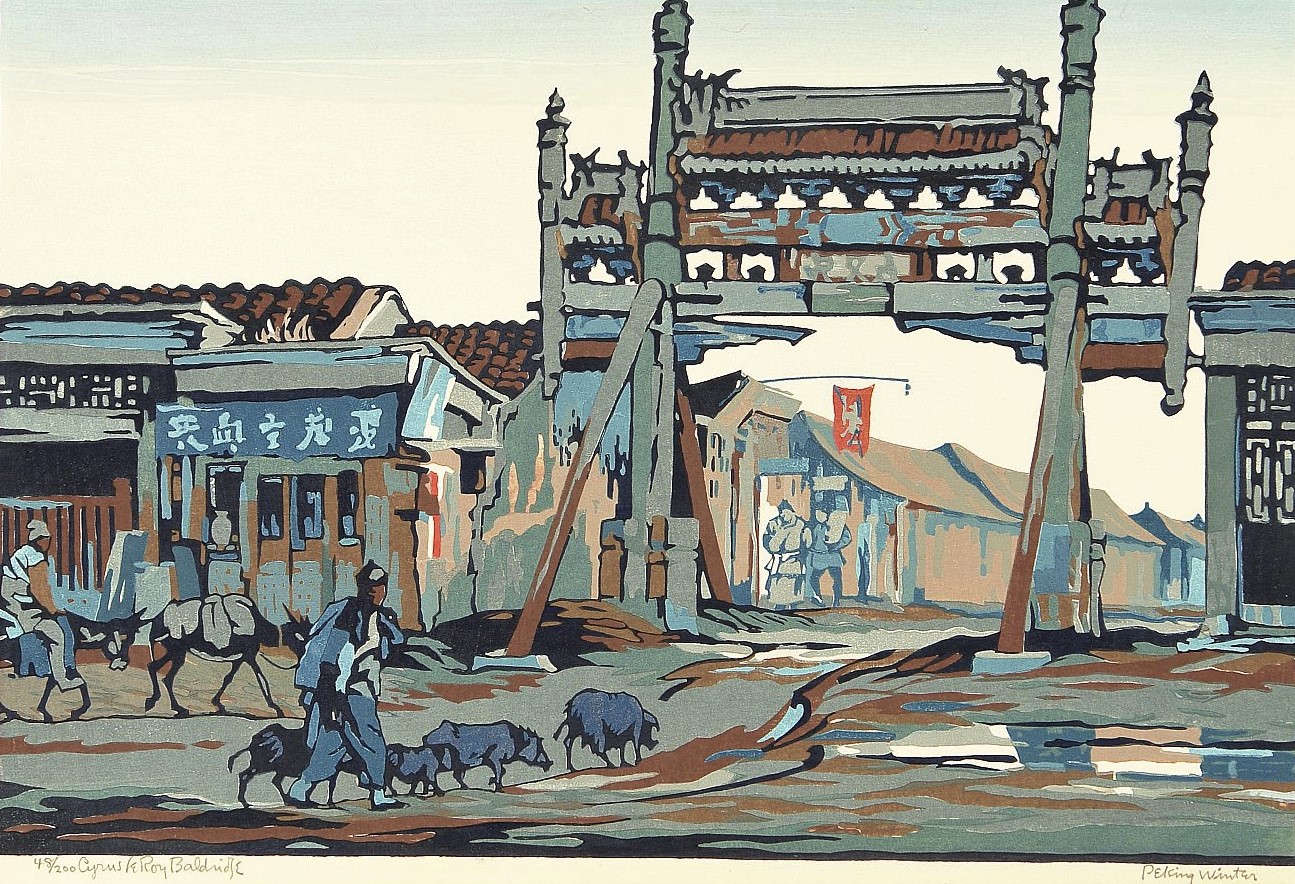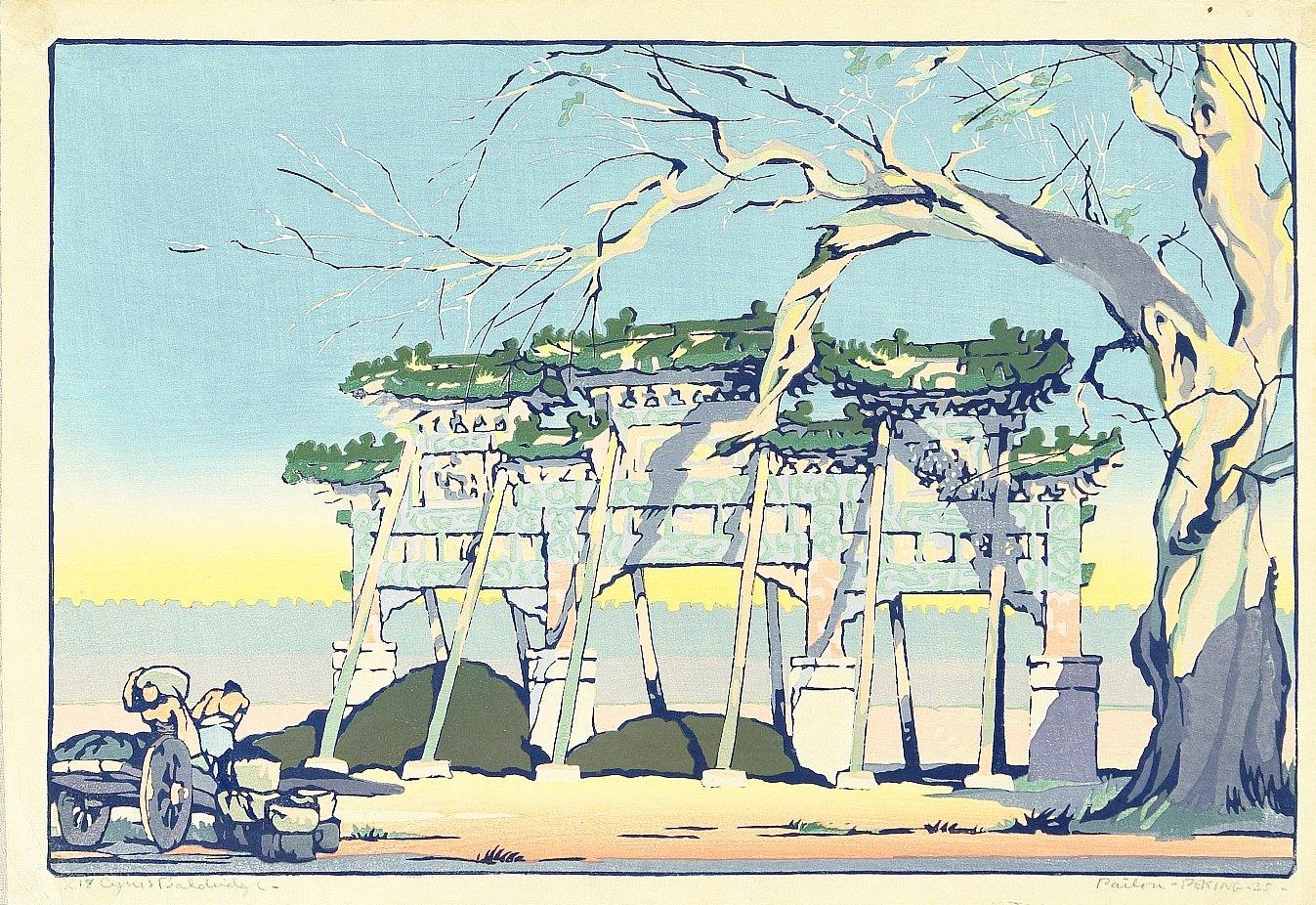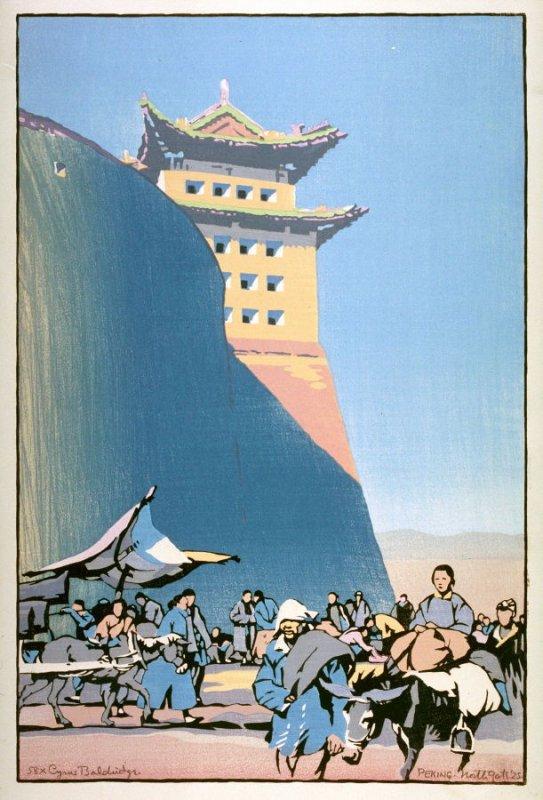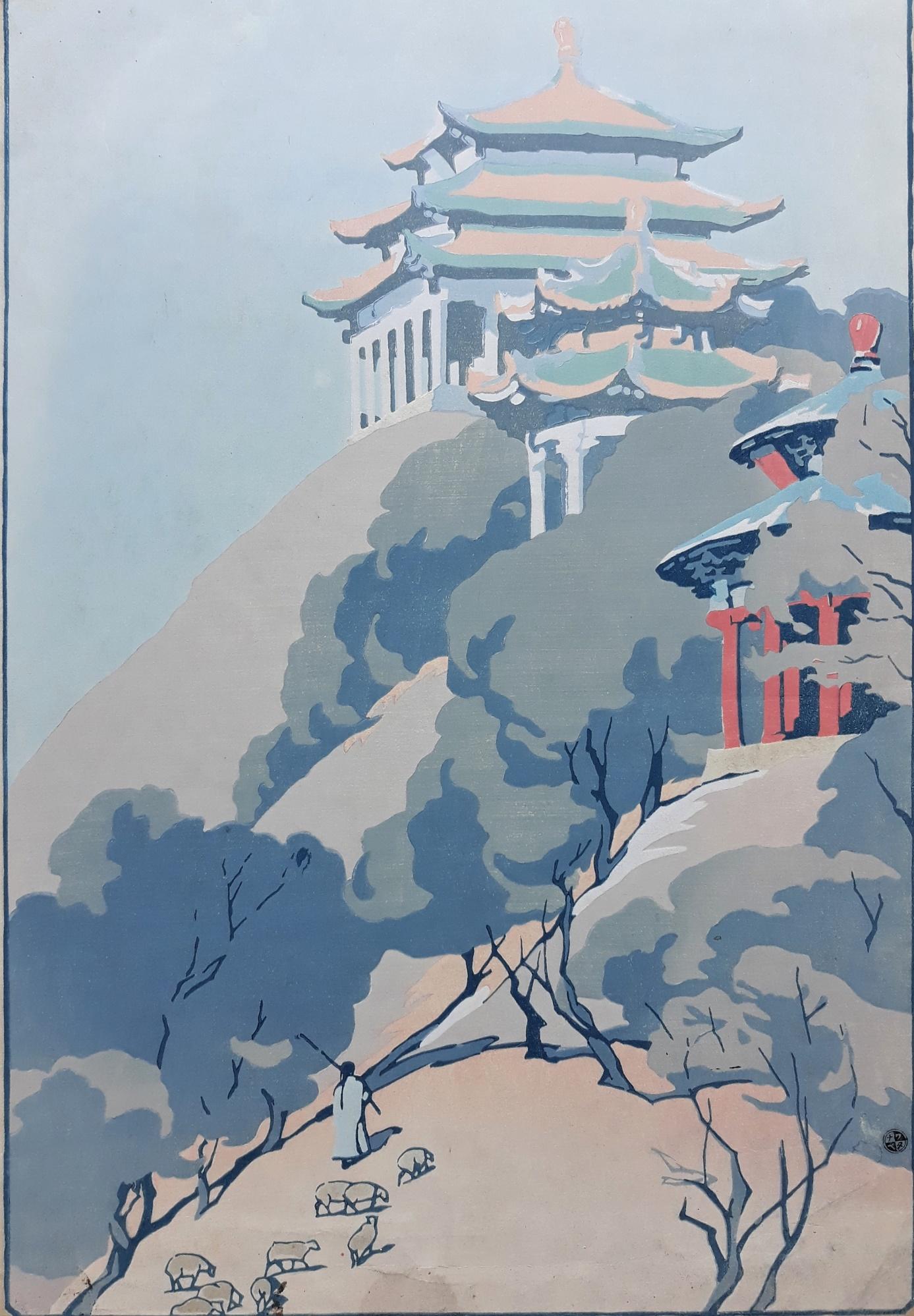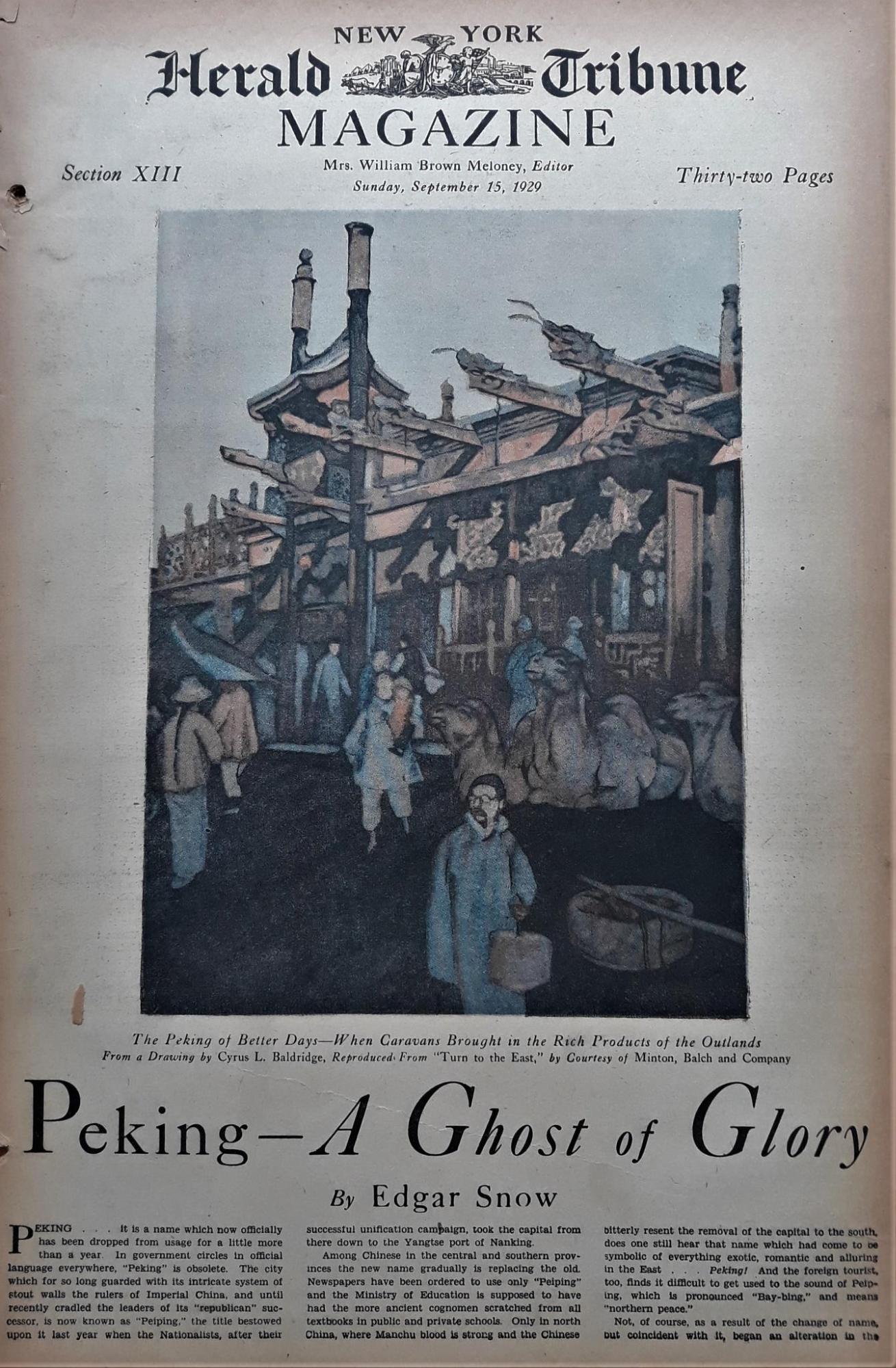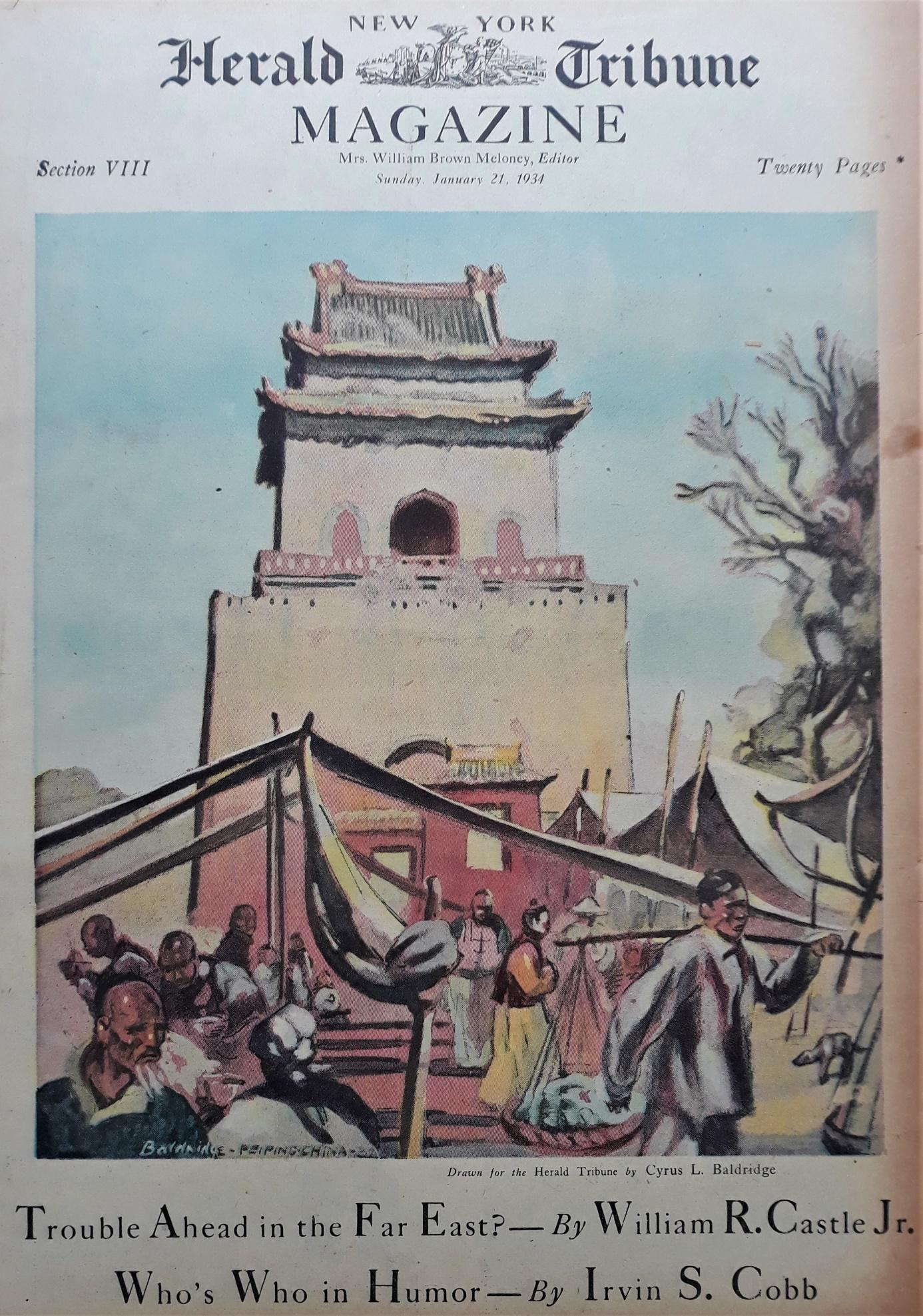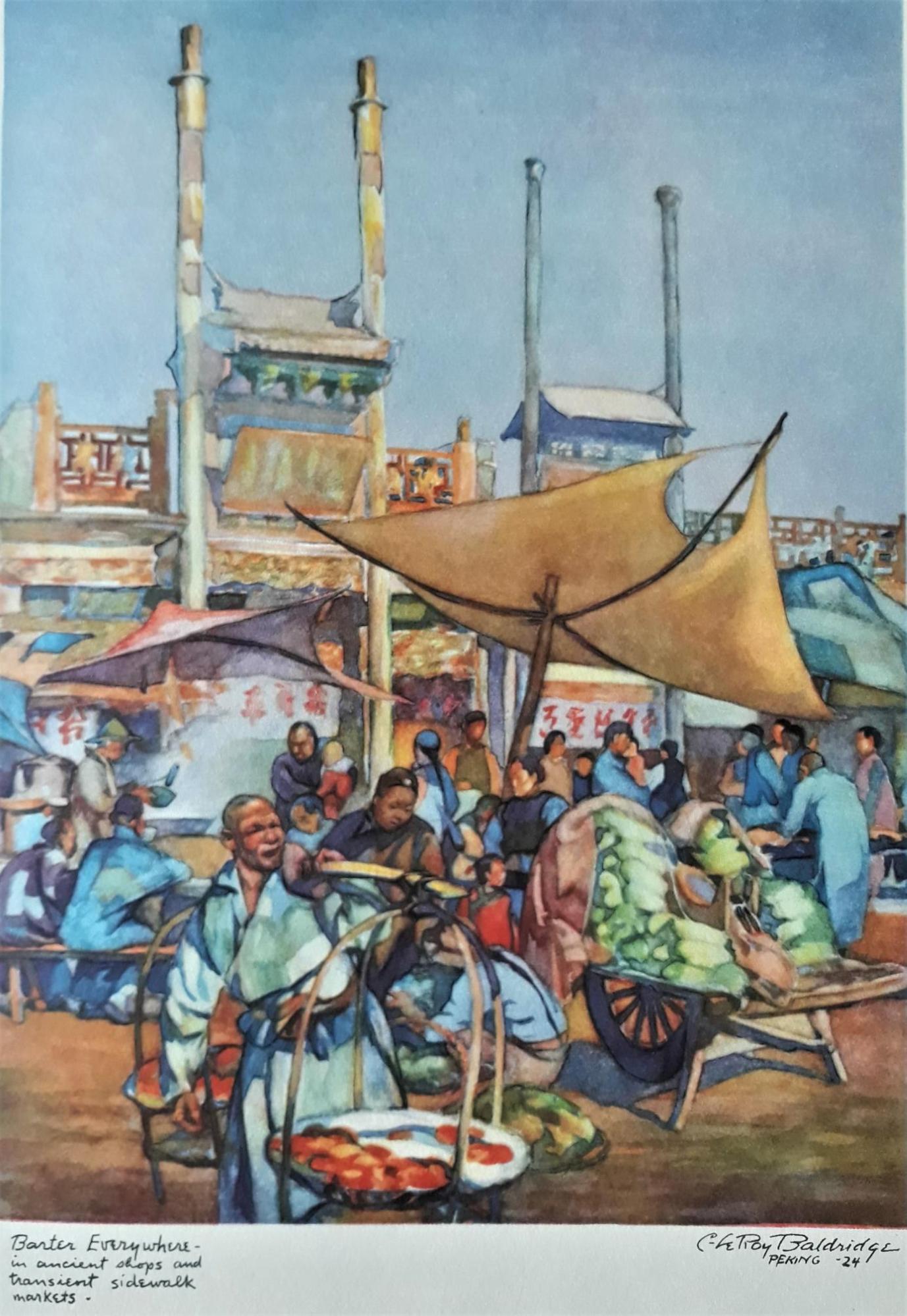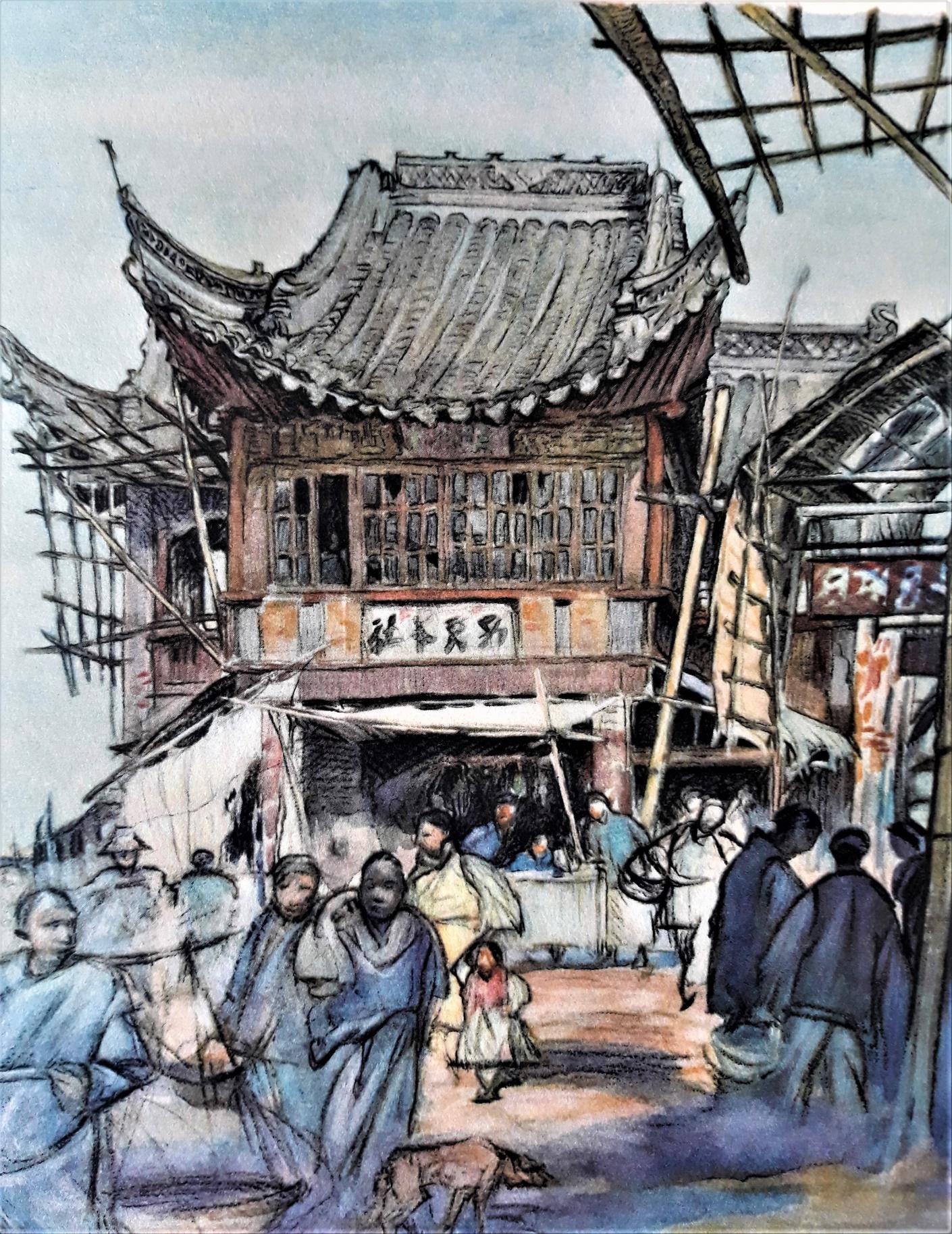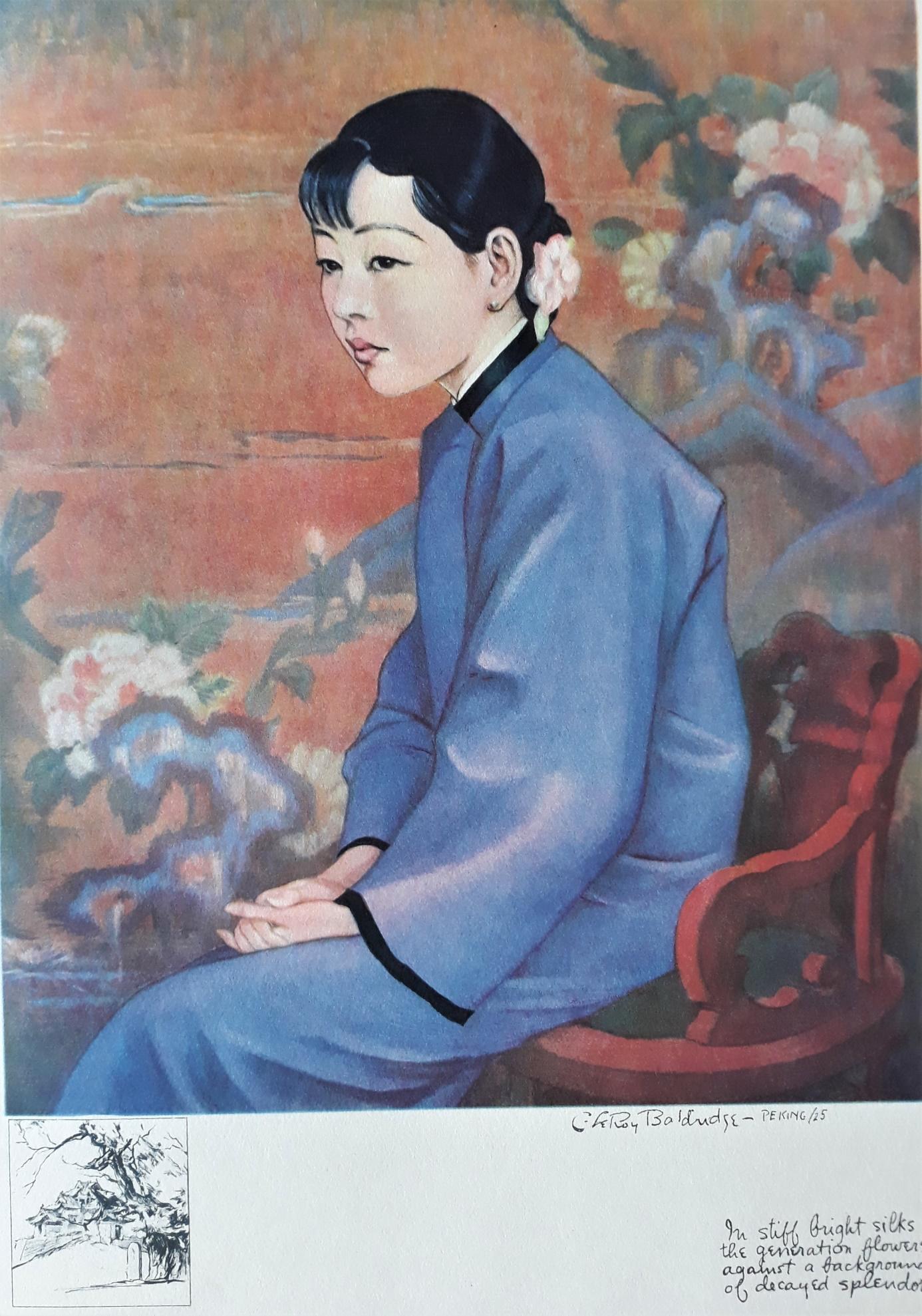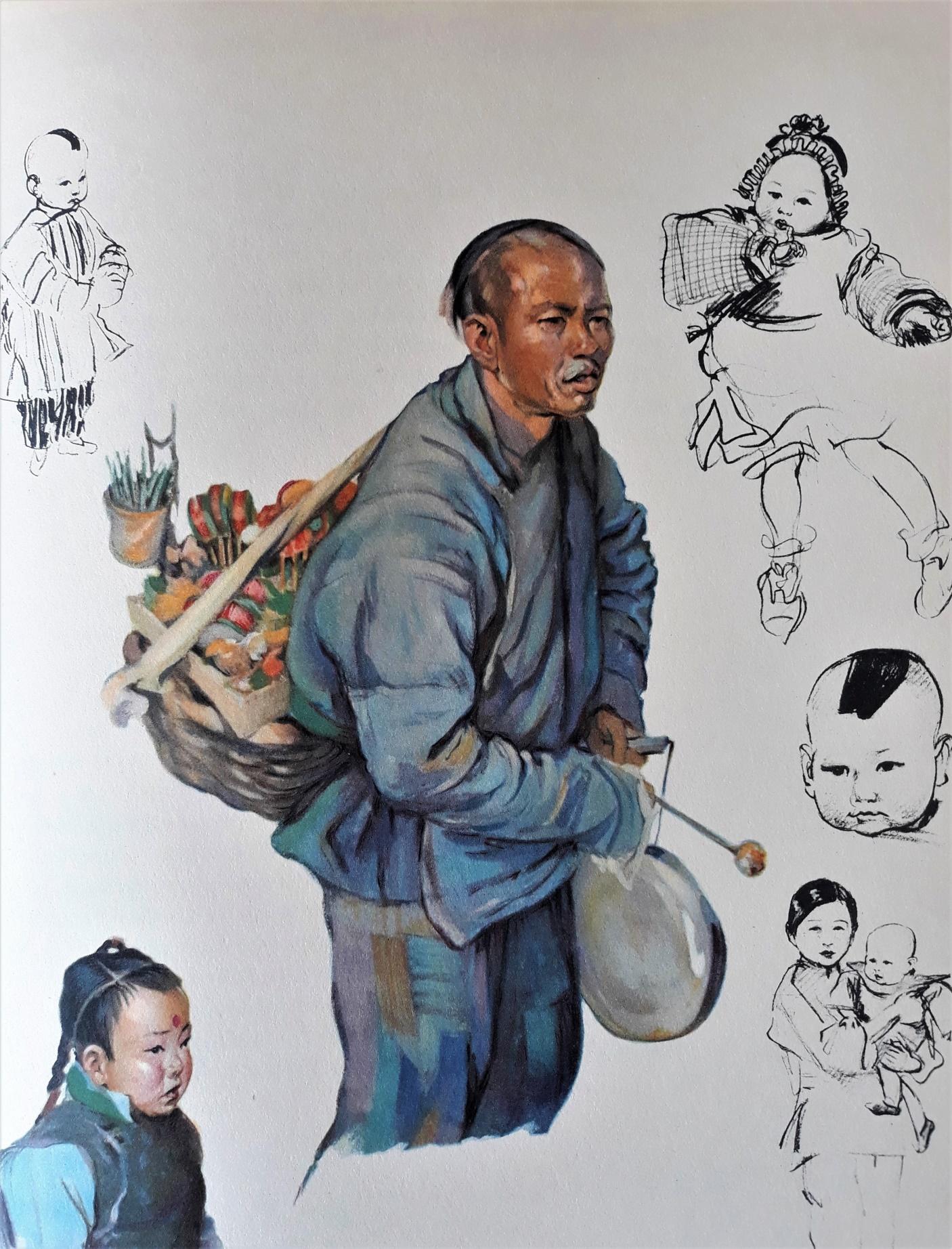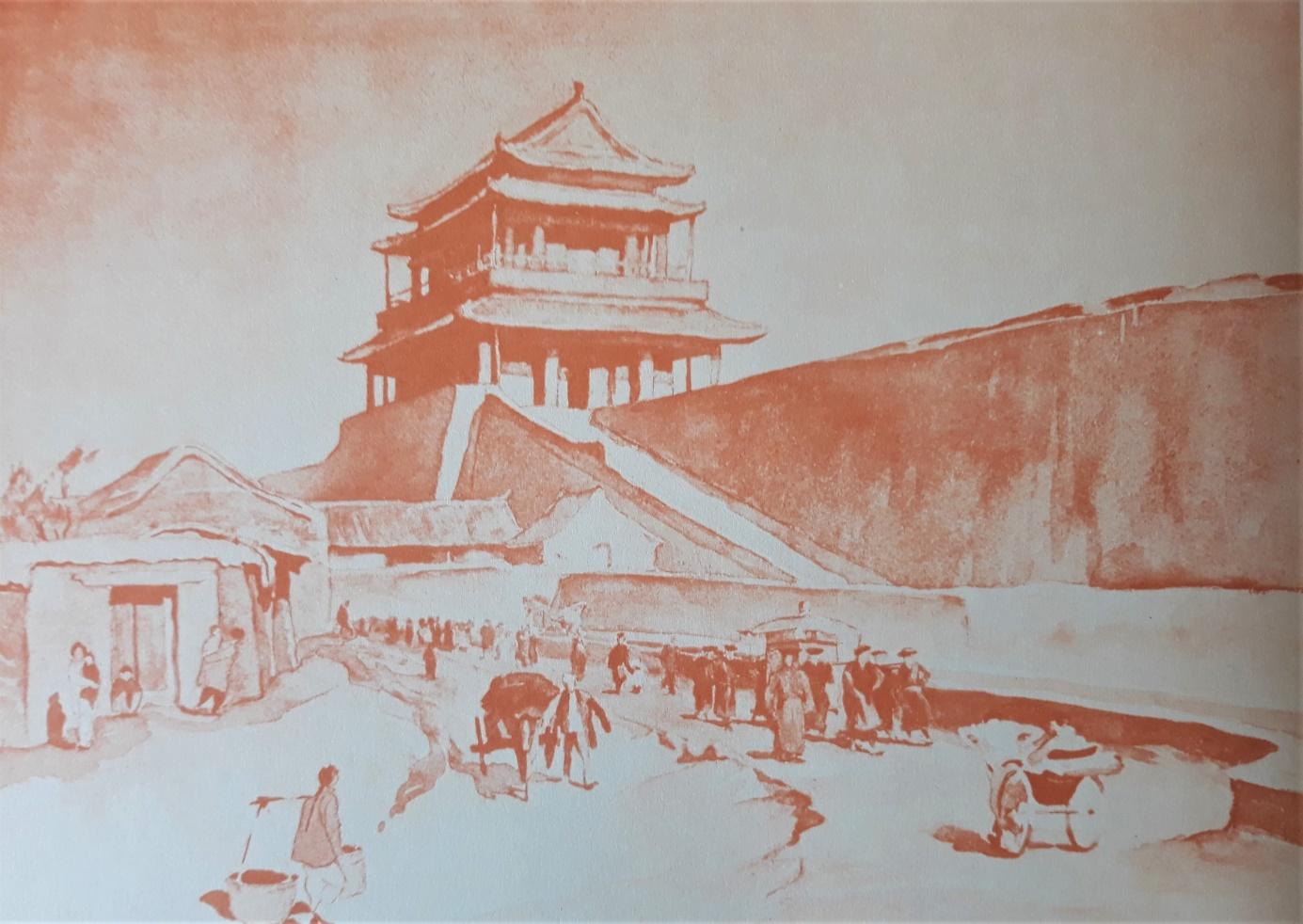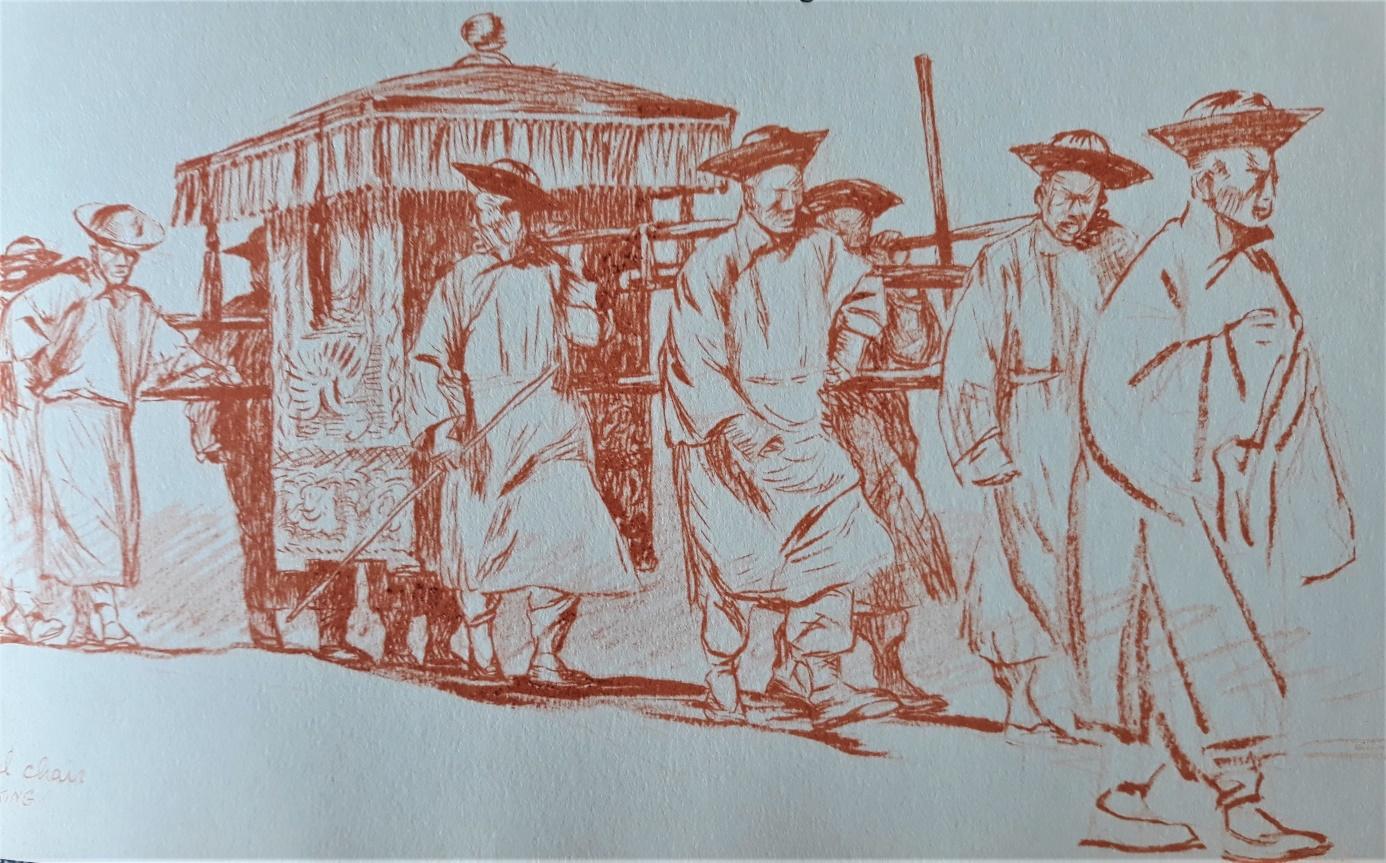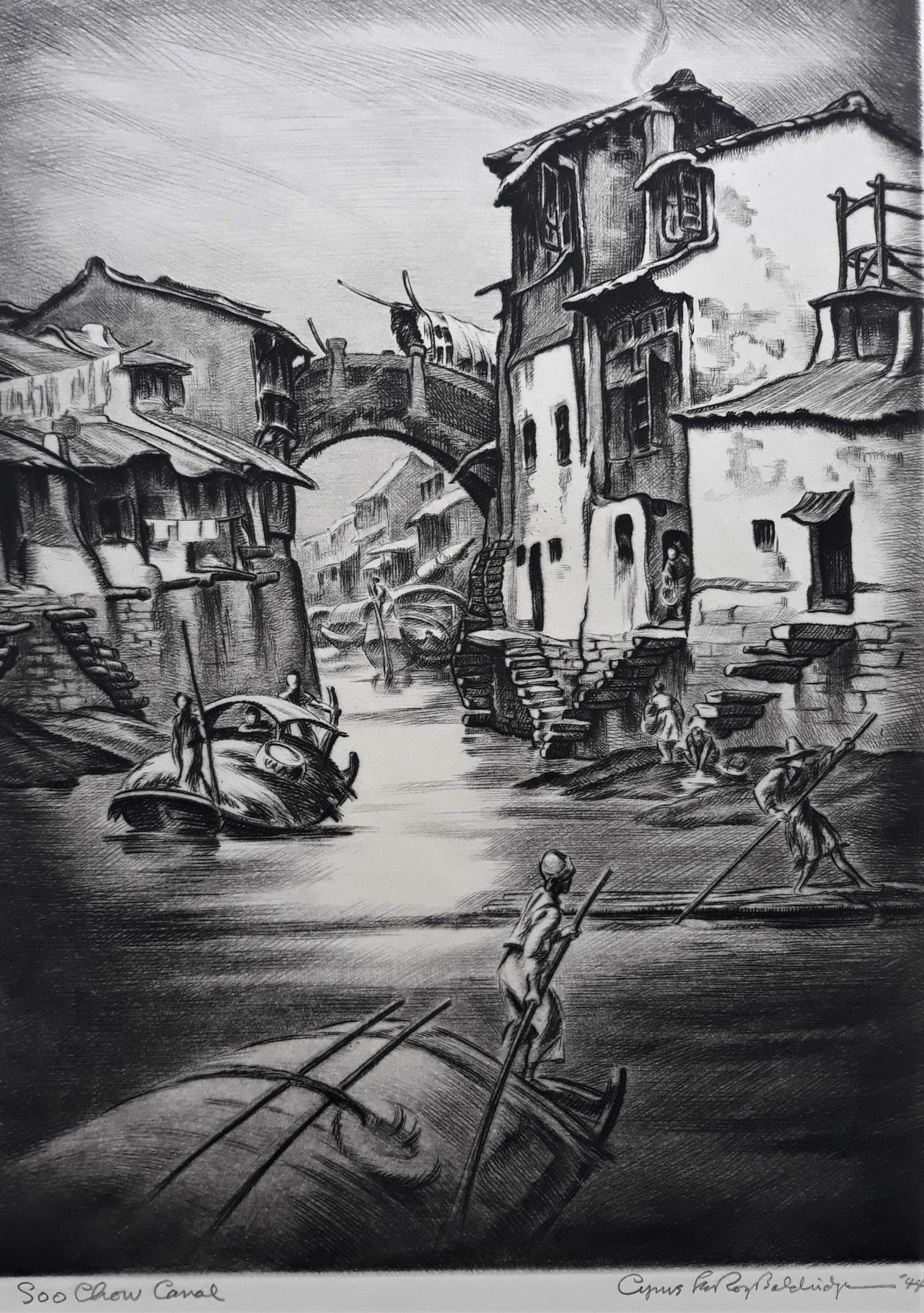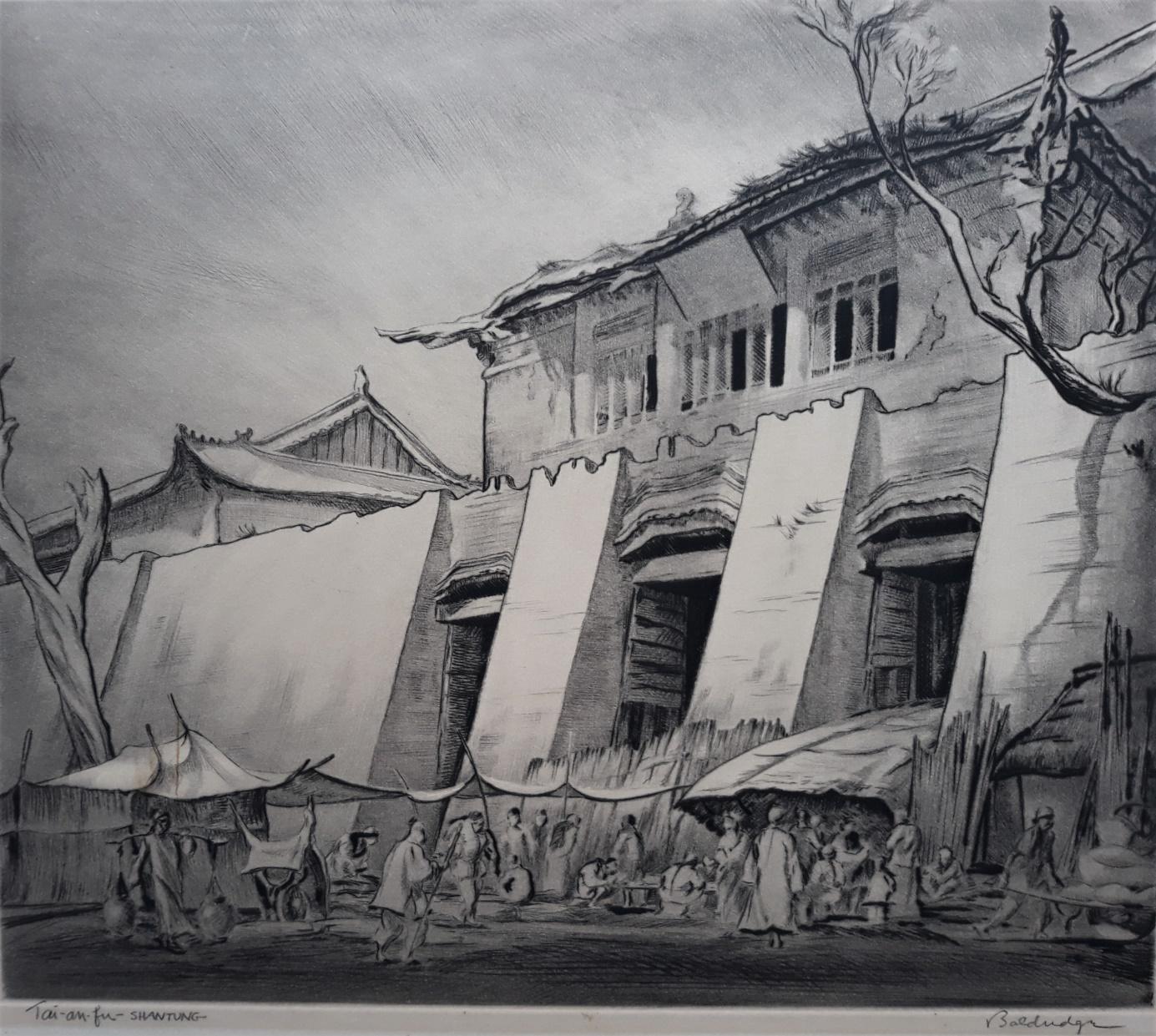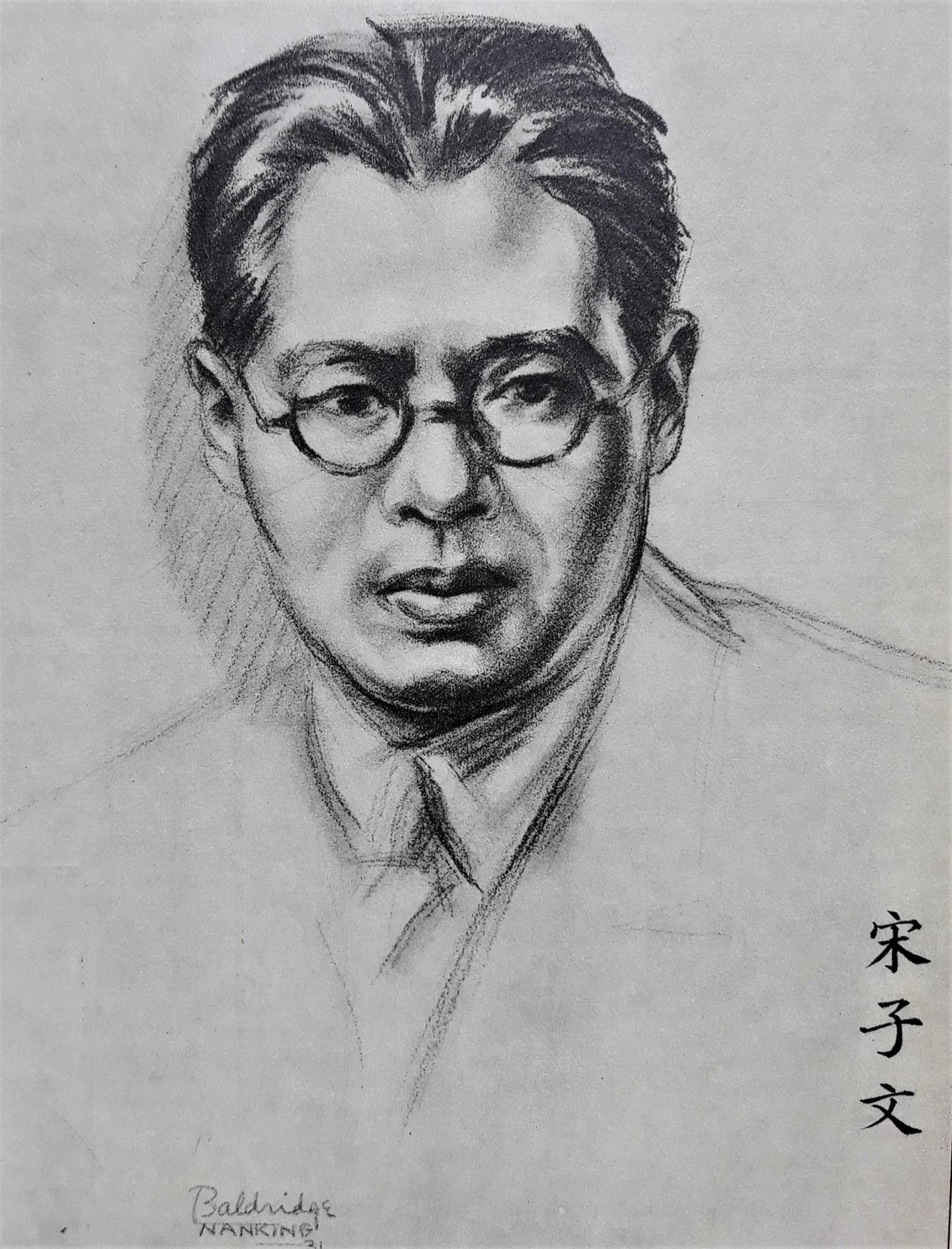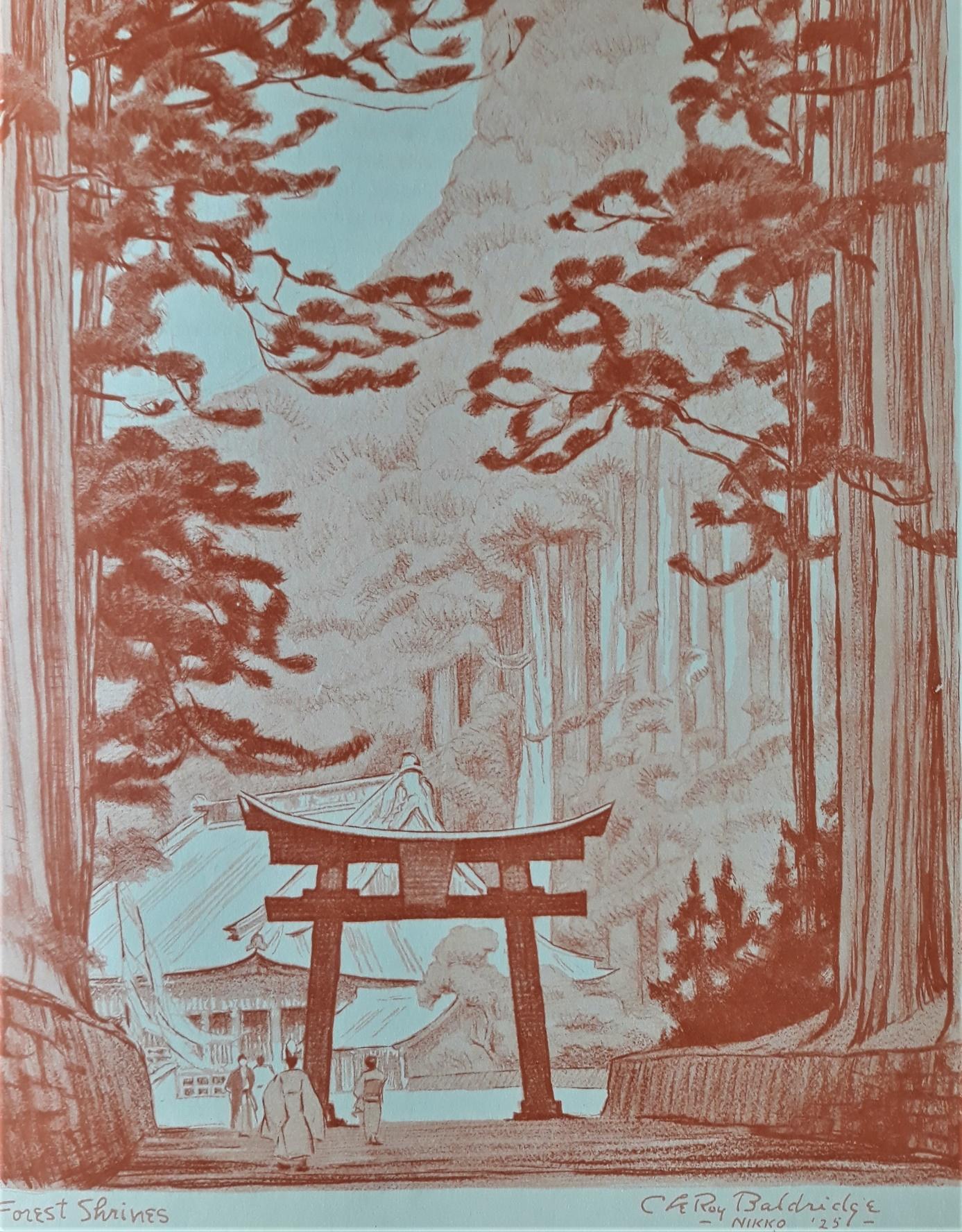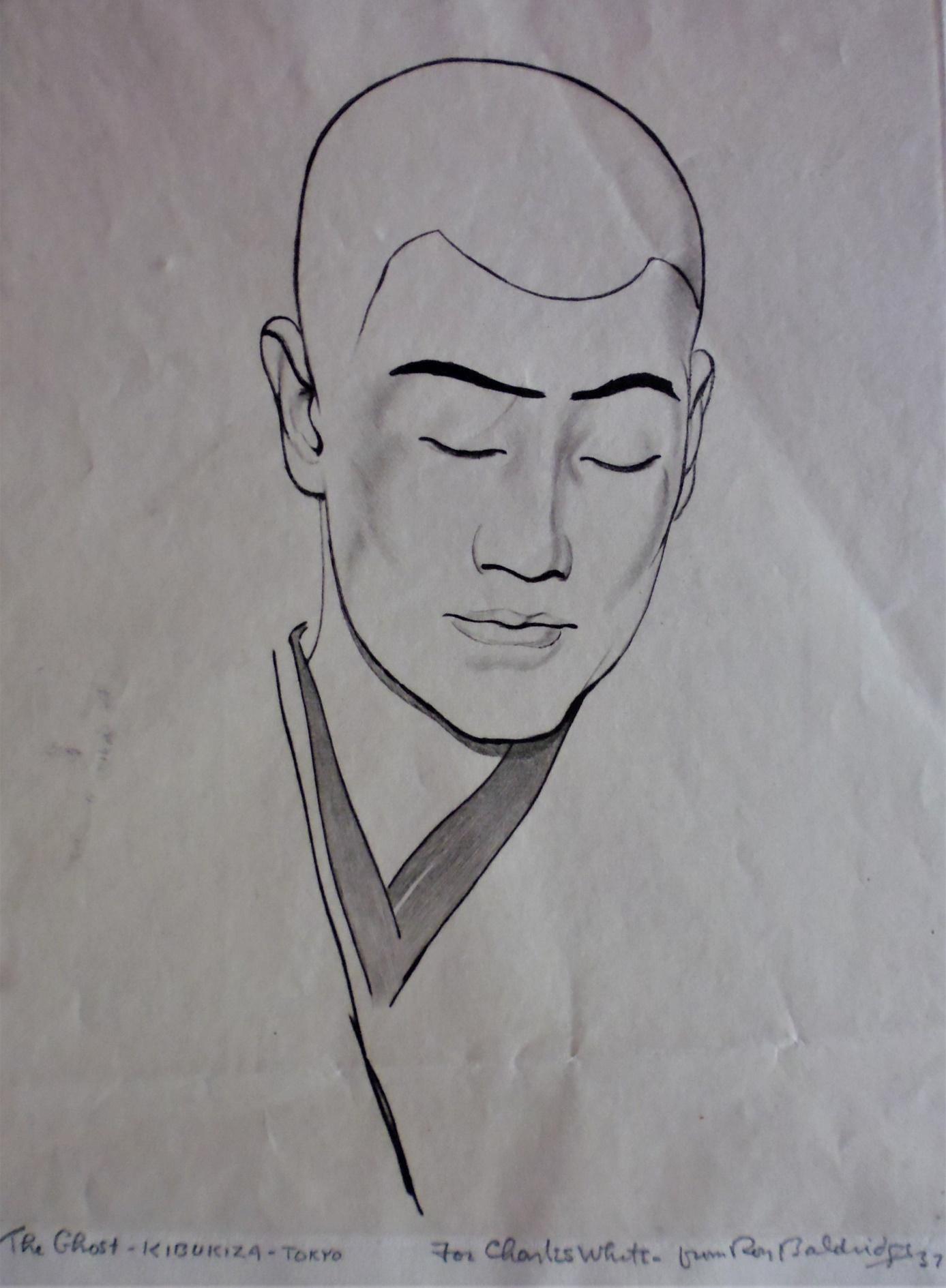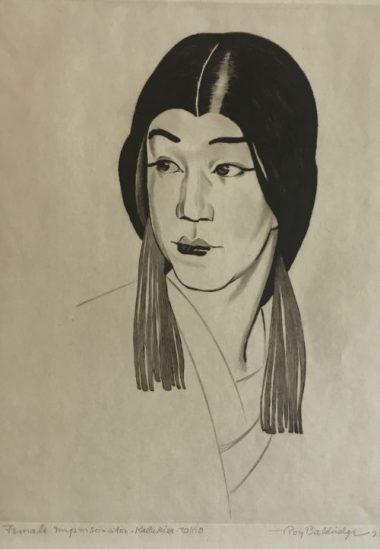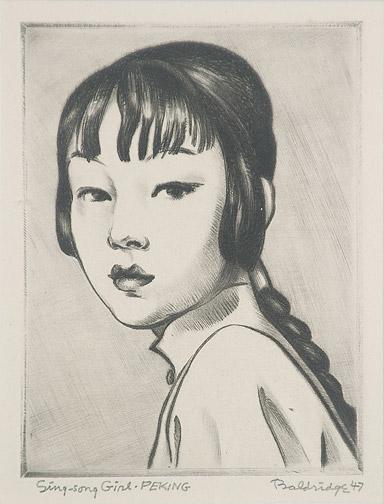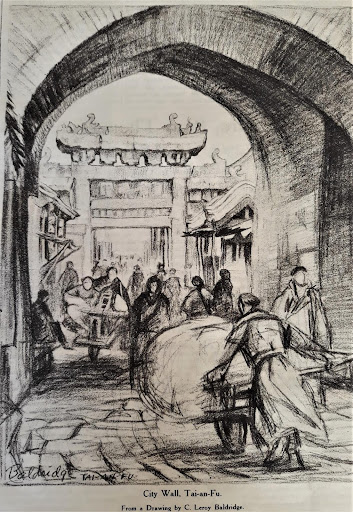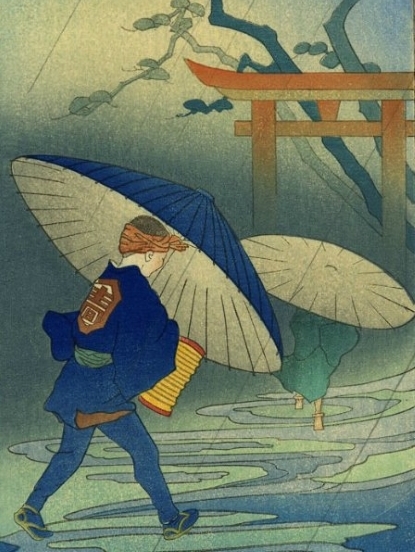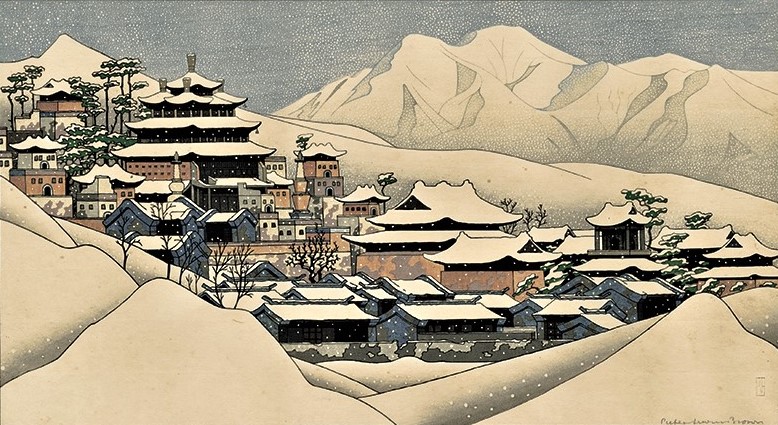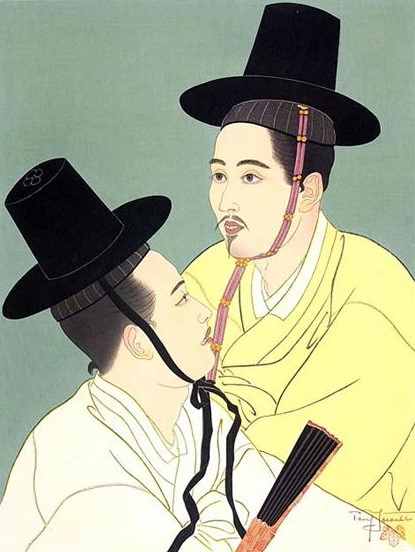CYRUS LEROY BALDRIDGE (1889-1977)
Born in 1889 in New York, Cyrus Leroy Baldridge was of humble origins. Abandoned by his father, he spent his childhood on the roads with his mother who led an itinerant life as a traveling saleswoman. In 1900, she found a permanent job in Chicago and enrolled her son in the Chicago School of Illustration created by the illustrator Frank Holme who took him under his protection throughout his adolescence. The drawings below testify to this emotional bond :
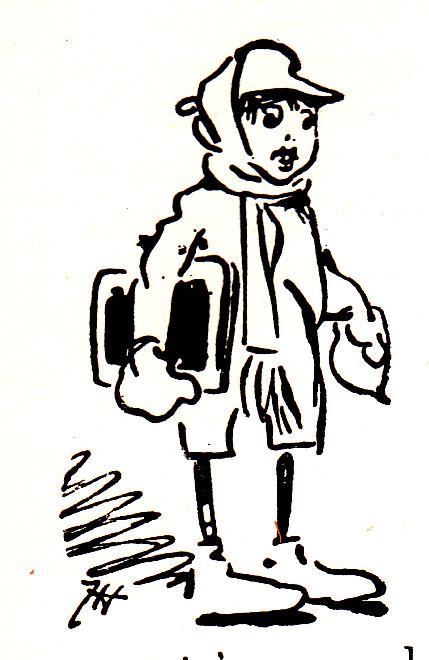
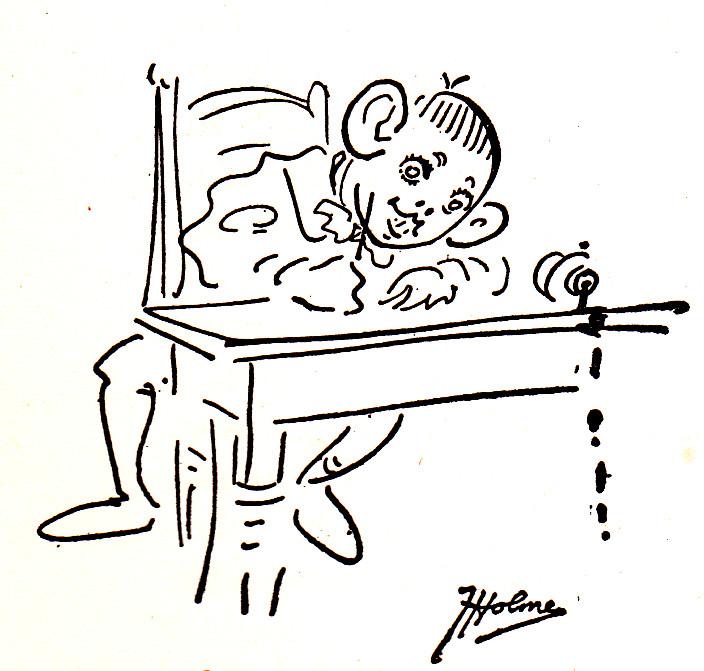
As the school's young mascot, he learned through contact with students older than him, such as Bertha Lum, both destined for an Asian career that would make them famous. After graduating from the University of Chicago in 1907, he continued his training by attending the "Palette and Chisel Academy of Fine Art" while leading a life of adventure and various experiences (docker, horseman of the National Guard of the Illinois, cowboy in Texas).
When the First World War broke out, he decided to go to Europe to cover the conflict as a journalist. Benefiting from American neutrality, he obtains the possibility of passing on both sides of the front and sends his drawings to American newspapers. After a year, back in the United States, he was enlisted in the cavalry of the Illinois National Guard to go and fight the rebel Pancho Villa in Texas. In early 1917, back in France, he worked as a stretcher-bearer on the front while continuing to supply american newspapers across the Atlantic with his drawings. The entry of the United States into the war in the summer of 1917 allowed him to join the US troops where he was hired as an illustrator in the Army Daily, The Stars and Stripes. There he acquired a good notoriety among the soldiers which widened at the national level some months after the victory when he published his best war drawings in I was there with the Yanks in France. Deeply marked by the horrors of war, which he reported with a great sense of dignity in his works, he remained committed throughout his active life alongside pacifists and liberals such as John Dos Pasos and Walter Lippman.
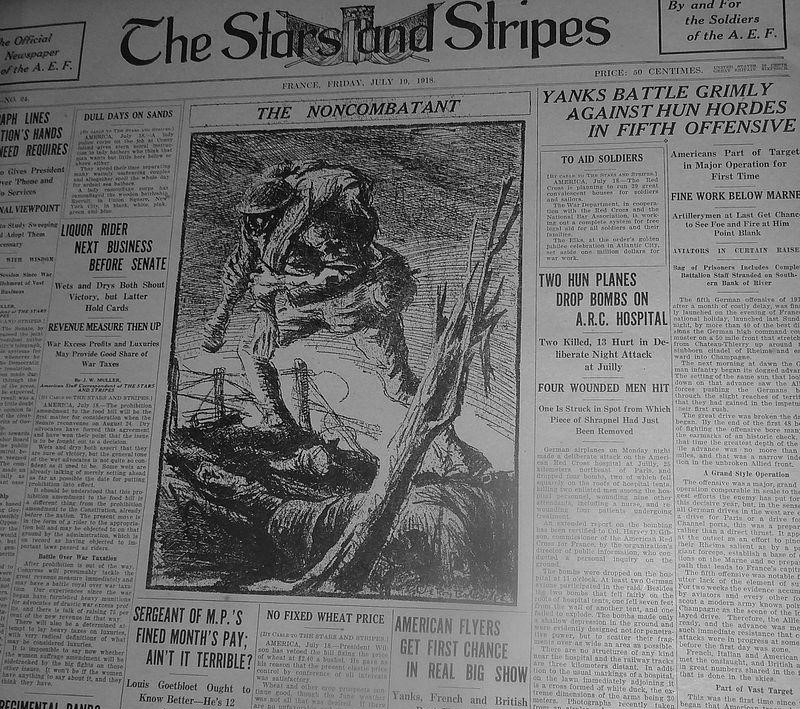
Before moving to New York in 1919, Baldridge spent several months in Paris where he continued his training at the Jullian Academy. Very quickly, he felt the need to continue his discovery of the world and he made his first one-year stay in the Far East. On his return, he found the writer Caroline Singer whom he had known in Paris and he married her in 1922 : they would form an inseparable couple, sharing the same commitments and the same taste for travel and adventure. For more than a decade, they will travel together in Africa, the Middle East, India and the Far East. He drawing, she writing, they capture during their wanderings the life of the people of the streets and the countryside and gradually build a literary and pictorial work of exceptional humanism.
During a long stay in Japan, Baldridge was introduced to wood engraving with Watanabe Shozaburo who would be the master of several Western artists such as Elizabeth Keith, Bertha Lum or Paul Jacoulet. He then produced his best representations of China, Korea or Japan, henceforth ranking among the very first ranks of the Far Easternists. He also continued to illustrate the major newspapers of the time, notably the New York Herald Tribune, and many books, paying particular attention to those written by Caroline Singer : from their travels in Asia was born in 1926 Turn to the East ; from Africa, White Africans and Black in 1929 ; from the Middle East, Half the world is Isfahan in 1936 : all will be bestsellers.
Baldridge published another profusely illustrated autobiography in 1947, Time and Chance, before taking a long retirement painting oils on canvas in New Mexico. He died in 1977.
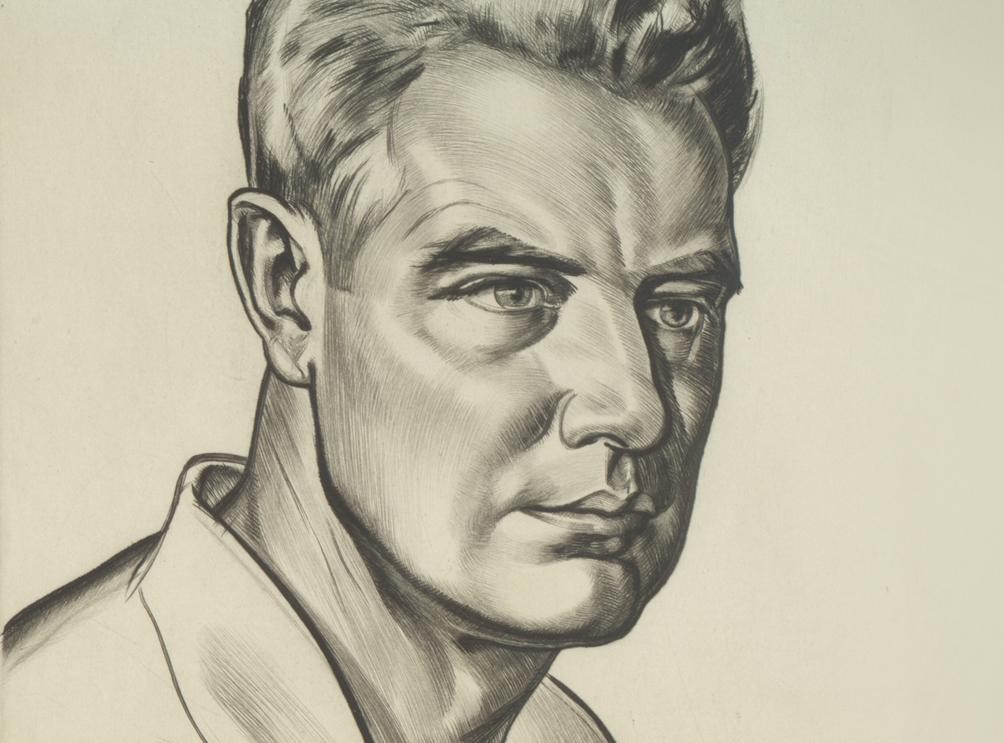
Bibliography :
- I was there with the Yanks in France, Sketches by Cyrus Leroy Baldridge, G.P. Putnam’s Sons, 1919
- Turn to the East, by Caroline Singer with illustrations by Cyrus Leroy Baldridge, Minton, Balch & Co., 1926
- Translations from the Chinese, by Arthur Waley with illustrations by Cyrus Leroy Baldridge, Alfred A. Knopf, 1941
- Rickshaw Boy, by Lau Shaw with illustrations by Cyrus Leroy Baldridge, Reynal & Hitchcock, 1945
- Time and Chance, written and illustrated by Cyrus Leroy Baldridge, John Day, 1947
- The adventures of Marco Polo, with illustrations by Cyrus Leroy Baldridge, John Day, 1948
The collection
